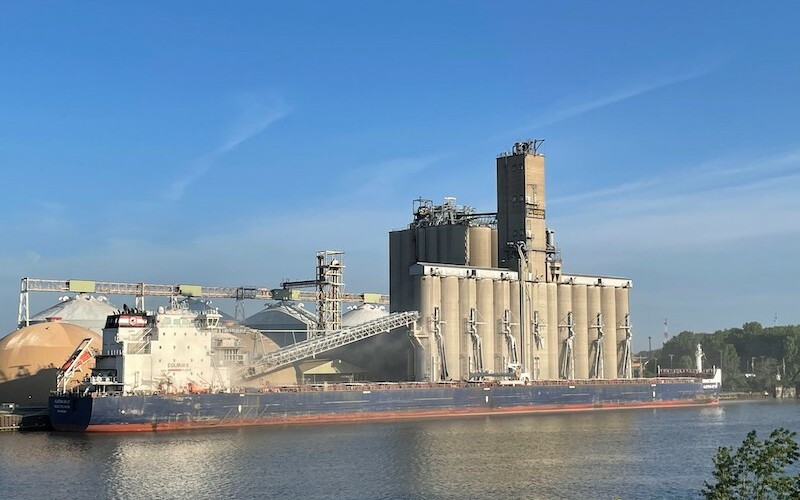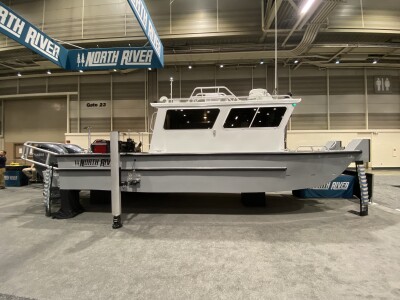Consistency in a resilient economy has been the theme for U.S. Great Lakes shipping so far this year, as approximately 12 million tonnes of total cargo has transited the seaway system for through June — virtually identical to the same period in 2022.
Iron ore and coal, two key commodities for steel making, showed strong traffic numbers, with more than 2.3 million tonnes of iron ore moving through the system thus far (a year over year increase of almost 9%), and 769,000 tonnes of coal transiting the system (a 44% increase). In addition, 193,000 tonnes of steel slabs traveled the system — more than 10 times the amount as last year.
The Toledo-Lucas County (Ohio) Port Authority is one of the key ports managing some of this traffic, having already handled 3.8 million tons of cargo year to date.
"In addition to handling cargo, the terminals are busy working with our port authority to coordinate construction projects that will upgrade the port's infrastructure and capabilities for years to come," Joseph Cappel, vice presidentof business development for the Toledo-Lucas County Port Authority, said in a statement. "We are roughly 50 percent complete with the reconstruction of our main dock wall at our general cargo facility operated by Midwest Terminals. Additionally, the foundations are now in place for a new liquid bulk transload facility at that same terminal. Through this process, we are literally laying the groundwork for additional cargo handling opportunities at the Port of Toledo."
The total project cost for the dock wall and liquid transload projects represents a $24 million investment in the port's infrastructure.
“The focus and dedication that the Chamber of Marine Commerce’s members are putting into upgrading their facilities for the future is what will keep the marine mode at the forefront of all discussions related to sustainable economic growth,” said Bruce Burrows, president and CEO of the Chamber of Marine Commerce. “The enhancements at the Toledo-Lucas County Port Authority are a great example of the visionary thinking that will ensure supply chain capacity will meet business and consumer demands in a safe, sustainable, and efficient manner for many years to come.”





